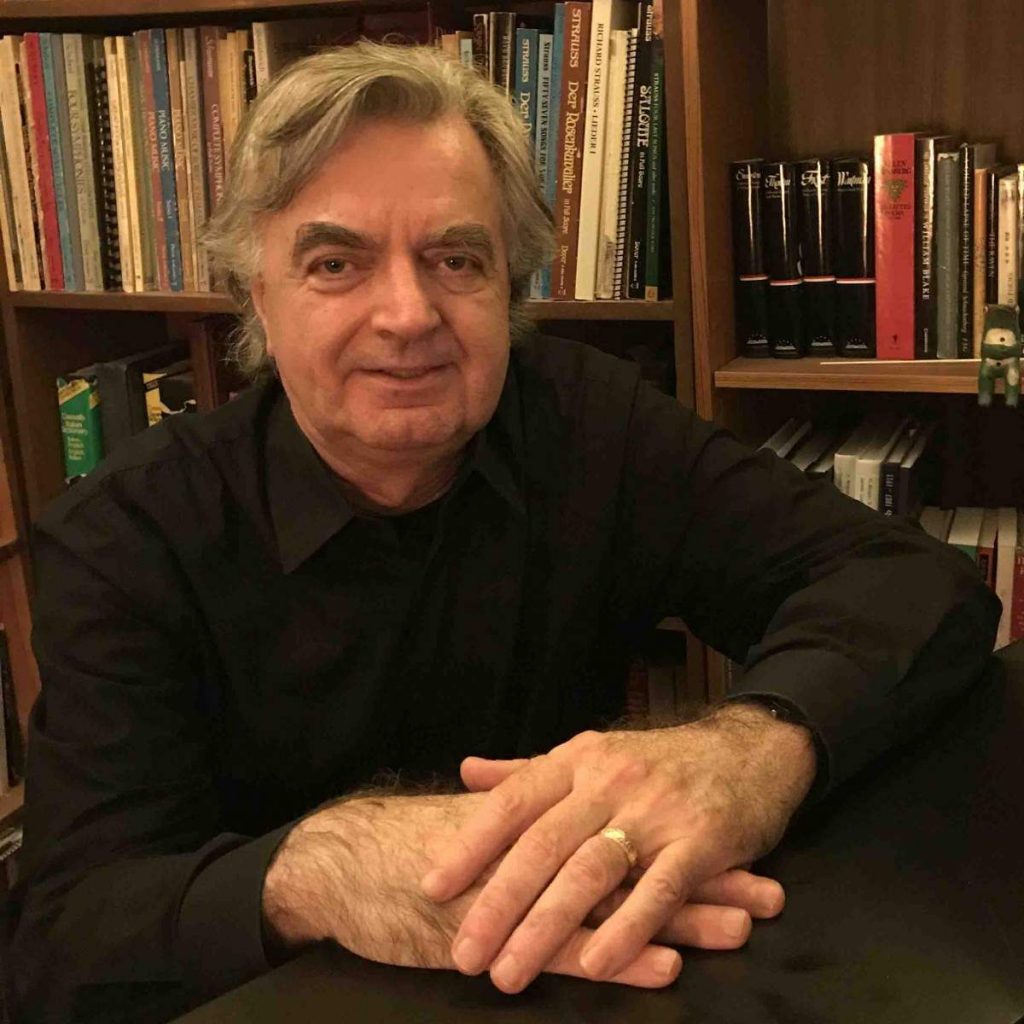Larry Bell’s Preludes shine brightest in New York premiere

The pitfall of following in the steps of Bach is not in imitating him—no one really can—but sounding too much like a student.
Bach is essential to classical music pedagogy, and works like The Well-Tempered Clavier are foundational precisely because they are didactic, showing by example the expressive possibilities of formal compositional structures. So writing fugues after Bach means wrestling with the decision of whether they are meant as exercises for private study, like the WTC, or music that uses the form as a vehicle for public expression and performance, something the general listener can enjoy as well.
That was the dilemma that composer Larry Bell faced with his Twenty-Four Preludes and Fugues (2019)heard Friday night in Merkin Concert Hall. This New York premiere was performed by four pianists: Carmen Rodriguez-Peralta, Maja Tremiszewska, Jennifer Elowsky-Fox, and John McDonald.
According to Bell’s program note, he wrote each fugue first and used material from them to create the preceding prelude. The composition appeared to go quickly, and one can imagine the composer focusing on getting the technical matters just right, without the time and creative space to give the music more varied qualities.
Twenty-Four Preludes and Fugues are each pairs, so in actuality that meant 48 separate works of music, played over a concert that lasted two and a half hours, including intermission. That’s a lot of music in one concert, and the sheer bulk of it demanded a level and range of variety that the music attempted but never quite fulfilled.
The structure of the concert followed the WTC as well, with a Prelude followed by a Fugue in each major and minor key, starting with C and ending with B. The four pianists played in consecutive blocks of a half-dozen pairs each, and most of the playing seemed—at first hearing this music—not just technically fine but expressing the musicians’ response to the music.
Rodriguez-Peralta was energetic and straightforward, while Tremiszewska brought the greatest drama. Elowsky-Fox clearly had the most fun. McDonald seemed eager to take on the task at first, but his playing became muddled through his set with perhaps too much pedal, and the final B Minor fugue was sloppy.
Heard together, the fugues grew difficult to differentiate beyond the contrast between major and minor keys. There were some features of chromaticism or intervals that made some, like No. 12 in F Minor and No. 16 in G Minor, stand out from the others. These were the kinds of irregularities in a common form that give the listener an idea of who the composer is musically. Fugue No. 18, in G-sharp Minor, was perhaps the loveliest of them all.
Everyone sounded best in the preludes, and as the concert went along, one began to think that, unorthodox though it may be, reversing the structure might have made the program more successful.
The preludes were consistently far more interesting than the fugues, full of personality and idiosyncrasy, often very expressive. Each focused on a single idea—a rhythm, phrase, interval, harmony, or repetitive structure—and were expansive, energetic, they felt like they had a meaning and a purpose beyond just an exercise. As they came out of the fugues, and were more satisfying, one began to want to hear each fugue first, and then Bell’s inventiveness via the prelude.
Where the fugues were competent and occasionally a little dull, the preludes followed a clear stylistic line from Chopin, scattered with nuggets of Debussy, Philip Glass, and ragtime, among other features of the composer’s mind and aesthetic. As standalone pieces, Bell’s preludes were the strongest, most public-facing music.
The Orchestra of St. Luke’s Chamber Ensembles plays music by Brahms and Florence Price, 11 a.m. January 18. kaufmanmusicenter.org